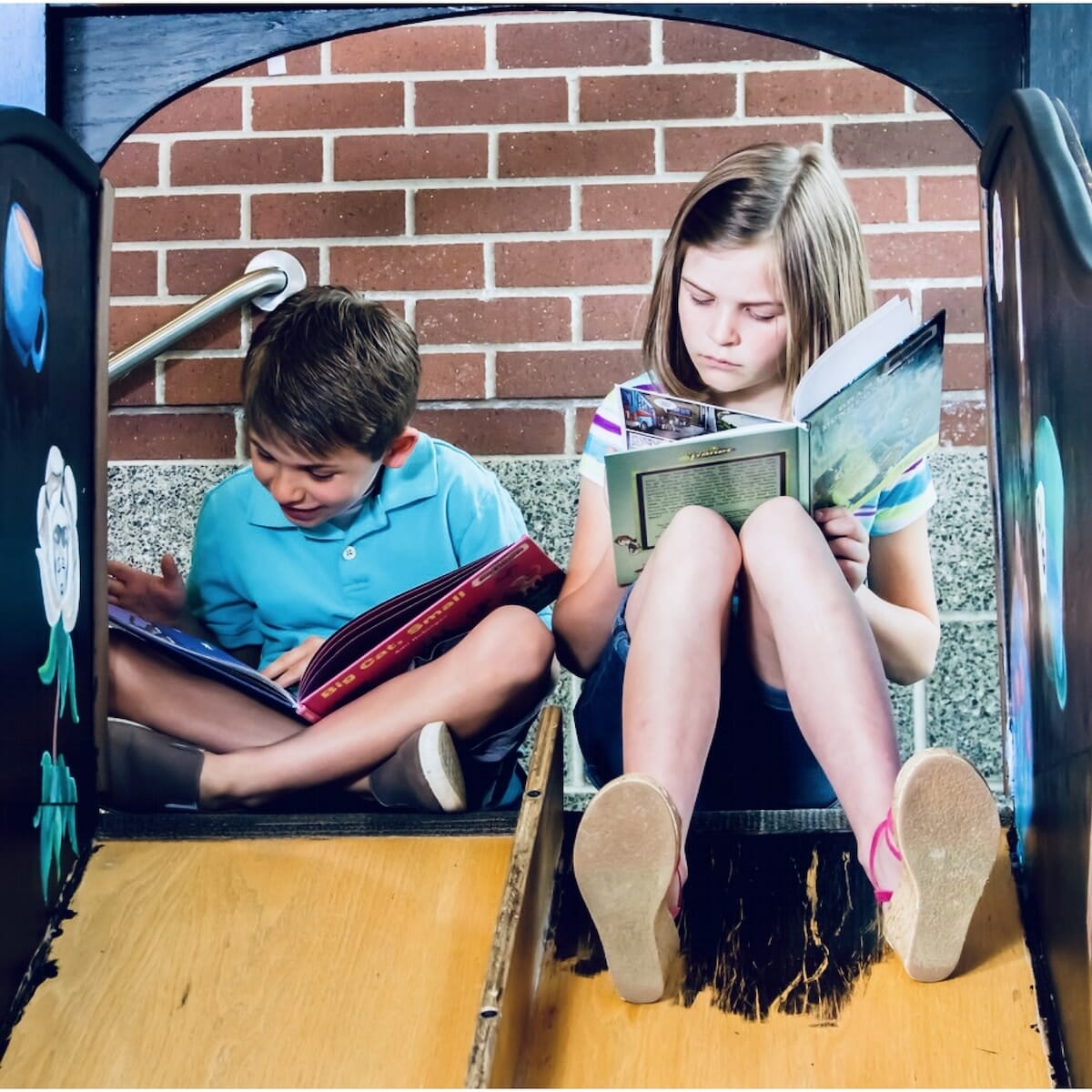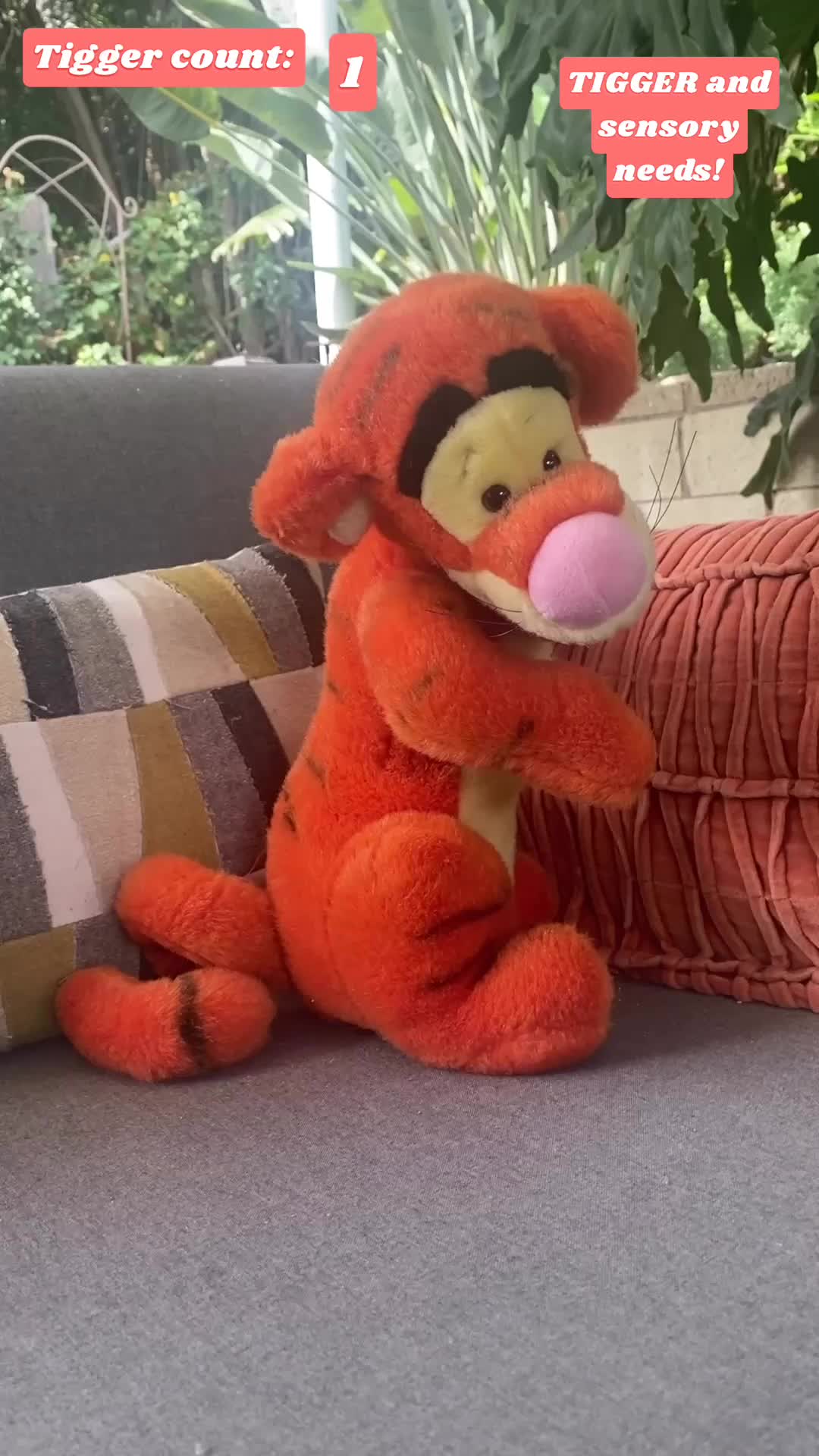In recent years, there has been a cat translation app that allows pet owners to try to understand what their cat wants to express. This app was created by the engineer who designed Alexa. It allows the owner to record the cat’s meowing sounds, and then the program will start to match the cat’s voice with possible meanings through a process quite similar to trial and error learning method. If the cat owner frequently uses the app, the app will work more accurately.
As social animals, we would want to know what’s on our furry friends ’mind. This is not surprising. What’s not surprising is that when we are with our parents, siblings, spouses, children, neighbors, colleagues, passers-by, etc., we have probably asked ourselves countless times every day “What is he/she thinking about?”. And this question is even more difficult to answer than the question “What do you want for dinner today?” Because this is a problem stemming from communication.
Just like we hope to learn and understand the cat’s language and thus we need the cat translation program, we also need to put effort onto understanding human’s communication. Now let’s use the psychologist’s point of view to see what is involved in people’s communication, and why we still feel that communication is very difficult even we talk every day.
Communication is an interactive process involving more than two individuals. For example, it could be between two friends who text each other on social media (such as line, wechat, messenger), or a family in a tourist attraction that is overcrowded during the Chinese New Year, they must raise their voices so that they can talk clearly.
Let’s analyze the process of communication with who, what, when, where, how. In the process of communication, who refers to the person participating in the conversation, and what refers to the message (the thing you want to express). When refers to the timing; where refers to the place that it happened, it could be a specific place and situation. How refer to all kinds of things that affect communication, including noises from the external environment, and things bothering an individual internally like emotions, annoyances that affect a person can concentrate on the conversation. Therefore, communication is not just about people and the message that you want to convey. There are various factors involved.
I personally think that the most problematic ones are what (messages), where (situations) and how (all kinds of noise).
Messages include verbal messages and non-verbal messages like eye contacts, facial expressions, body language, etc. So it’s not just about conveying and receiving “words”. That’s why I use emojis to express my affection and gratitude every time when I text my mom to ask her to help me prepare dinner. Leaving texts like “help me buy my lunch.” does seem like I’m demanding my mom to do me a favor.
The place where the communication happens includes the physical environment, such as noisy concerts, quiet bookstores and other places, and things like temperature and light in these environments. I still remember one time when I attended an indie band’s live music show, the girl who’s next to me had her wallet fell onto the floor from her pocket. I yelled “lady, lady! Your wallet!” for so many times and she didn’t even notice me at all because there was the loud rock and roll music playing in the stadium, and only a few narrow beams of light came from the stage and the whole stadium was too dark. Even though I was standing next to her, she couldn’t see my eyes, my expression, or hear my voice, until I patted her on the shoulder, and she noticed that I was trying so hard to let her notice me.
However, it is not just about the physical environment, it’s also about cultural and social aspects like class and hierarchy. For example, the traditional Chinese culture teaches us to respect elders, teachers and other senior figures. We are all familiar with the rule “children have ears but no mouths(kids should always listen to the adults and obey them)”, which requires us to be obedient. This will make us unable to talk to our elders in the same way as we do to our peers.
The last tricky factor is the various noises within our communication, which include noise in the physical environment, as well as our mental stuff like worries, emotions, and other things that will make us unable to concentrate. For example, In my class, there was a group activity. When the professor had just asked us to discuss with the classmates sitting next to us, I found that my partner seemed to be zoning out. Meeting up with his hollow eyes, I asked him, “Did you hear what the teacher just said?” He replied, “I really want to go to the bathroom now.” And now you know, worries and other psychological stuff have the same affect as noises from external environment, and they all make a person unable to engage in the conversation concentratedly.
In short, we cannot engage in a deeply connected conversation- the kind of communication that looks like we are communicating, but in fact we are not really communicating, if the noises are still there, or if there are some factors that prevent us from expressing our true thoughts.
The topic we share this time is all about the various factors that affect communication. When you find that the communication between you and others are not working, you can think about these factors and they might be the reasons. We will discuss about some better communication skills next time.
References:
https://www.bbc.com/zhongwen/trad/science-55006454
人際關係與溝通 第二版 陳皎眉博士著





Leave a Reply